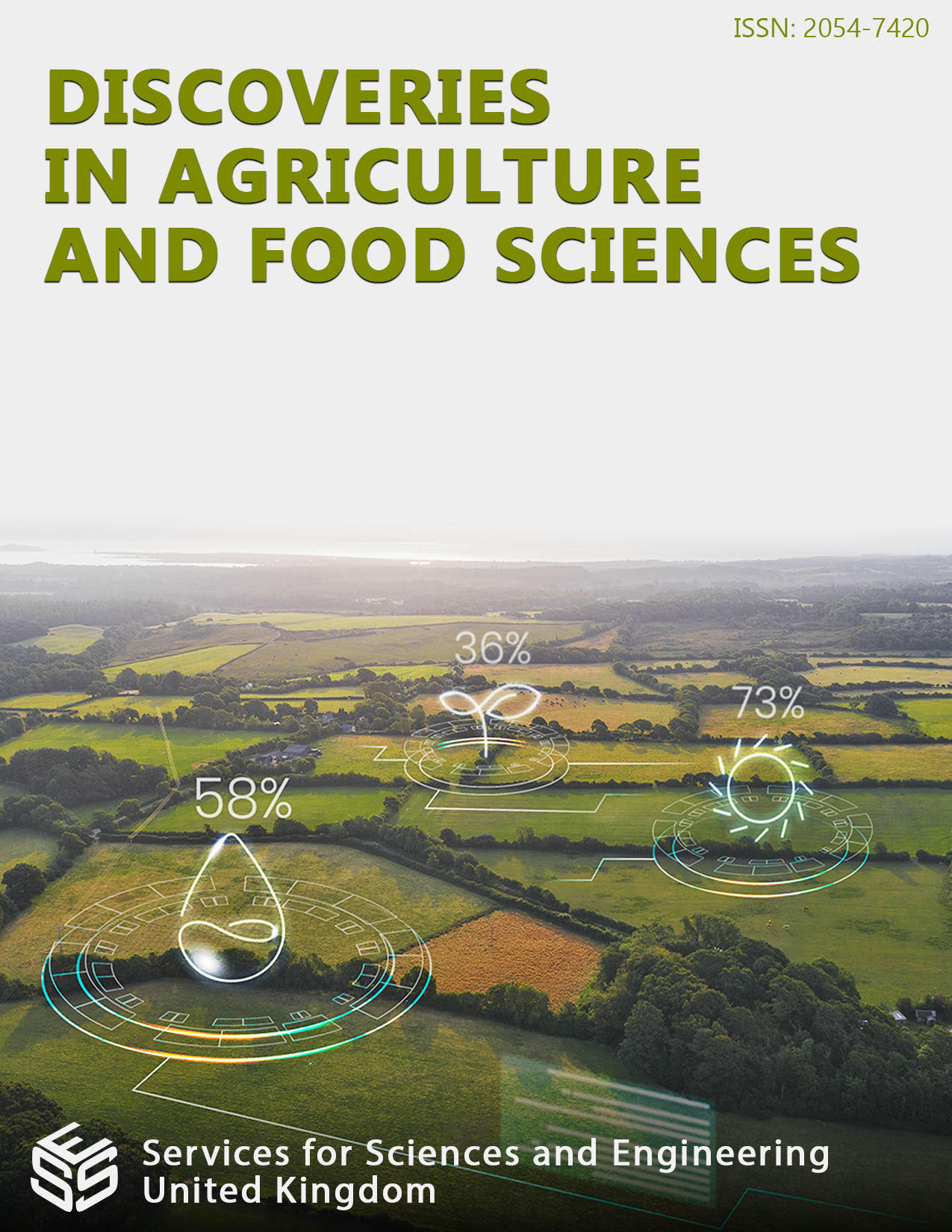Qualities of Soil Upper Layers Under Rubber Plantation and Various Previous Soil Histories in Zépréguhé (Daloa, west-central Côte d'Ivoire)
DOI:
https://doi.org/10.14738/tnc.121.16511Keywords:
Fertility, ferralsols, crop precedent, toposequence, Daloa, Côte d’IvoireAbstract
This study focused on the diagnosis of soil fertility in Zépréguhé, a village located 8 km from Daloa in the center-west of Côte d'Ivoire. Four soil pits were planted according to a toposequence oriented West-East under rubber and under previous cultivation. All the pits have been described and soil samples in the 0-30 cm horizon have been analysed at the plant and soil analysis laboratory of the Institute National Polytechnique Félix Houphouet-Boigny in Yamoussoukro. The particle size, the organic matter and the characteristics of the adsorbent complex were determined. It emerges from this description and analysis that all soils in the study area are ferralsols. The values obtained were compared to the critical thresholds in order to determine the level of soil fertility. The results show that these soils, which appear to be rich in organic matter, were really low in organic matter and very low in acidity over the entire toposequence. Due to the crops in place, the upper slope and Upper mid-slope positions accumulate badly decomposed organic matter. Furthermore, the cation exchange capacity (CEC) is normal at the upper slope and upper mid-slope and very low at the bottom of the slope. The sum of exchangeable bases is small at the level of all the profiles. The soils of the study site have a low to moderate level of fertility. Rubber and sorghum crops have better soil fertility and particularly organic matter.
Downloads
Published
How to Cite
Issue
Section
License
Copyright (c) 2024 Lacina Yéo, Mekapeu Grace Tokapieu, Dogniméton Soro et Ambéyin Touré

This work is licensed under a Creative Commons Attribution 4.0 International License.






